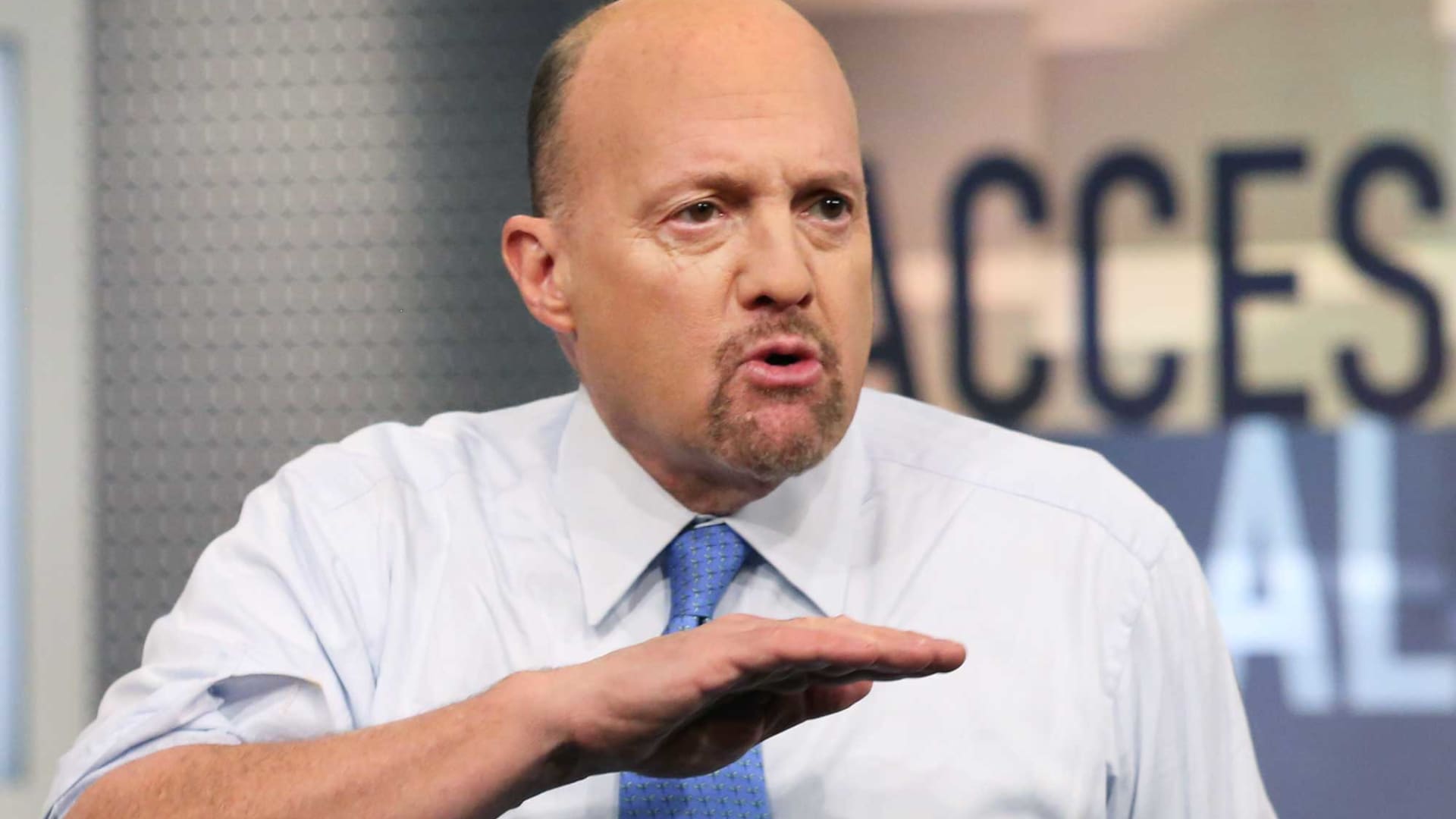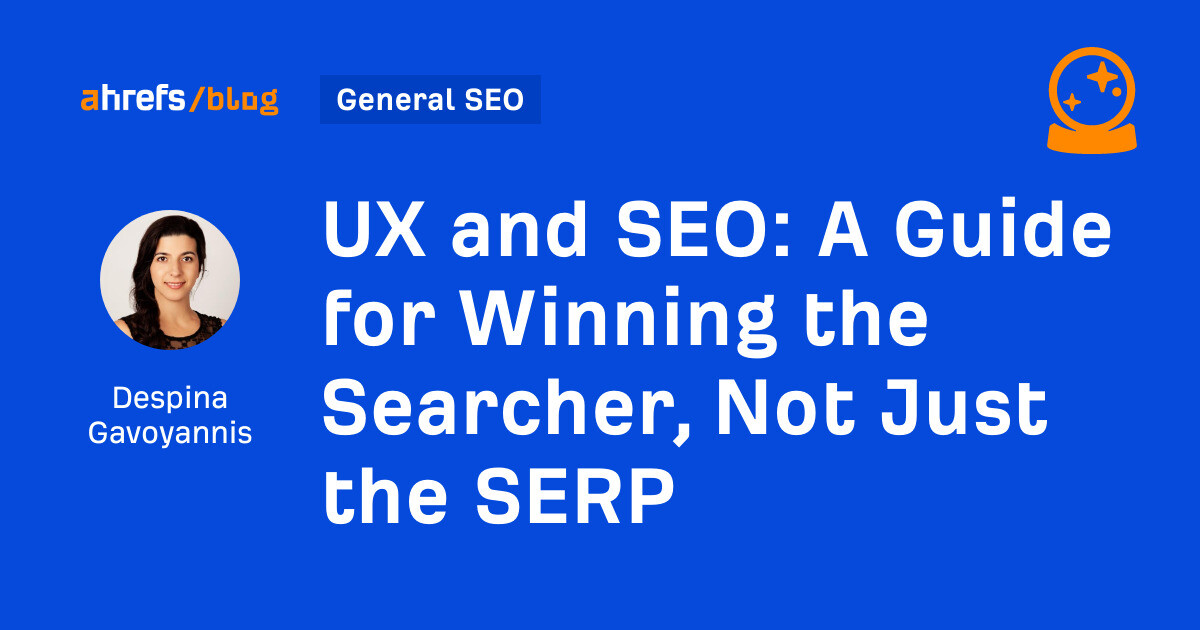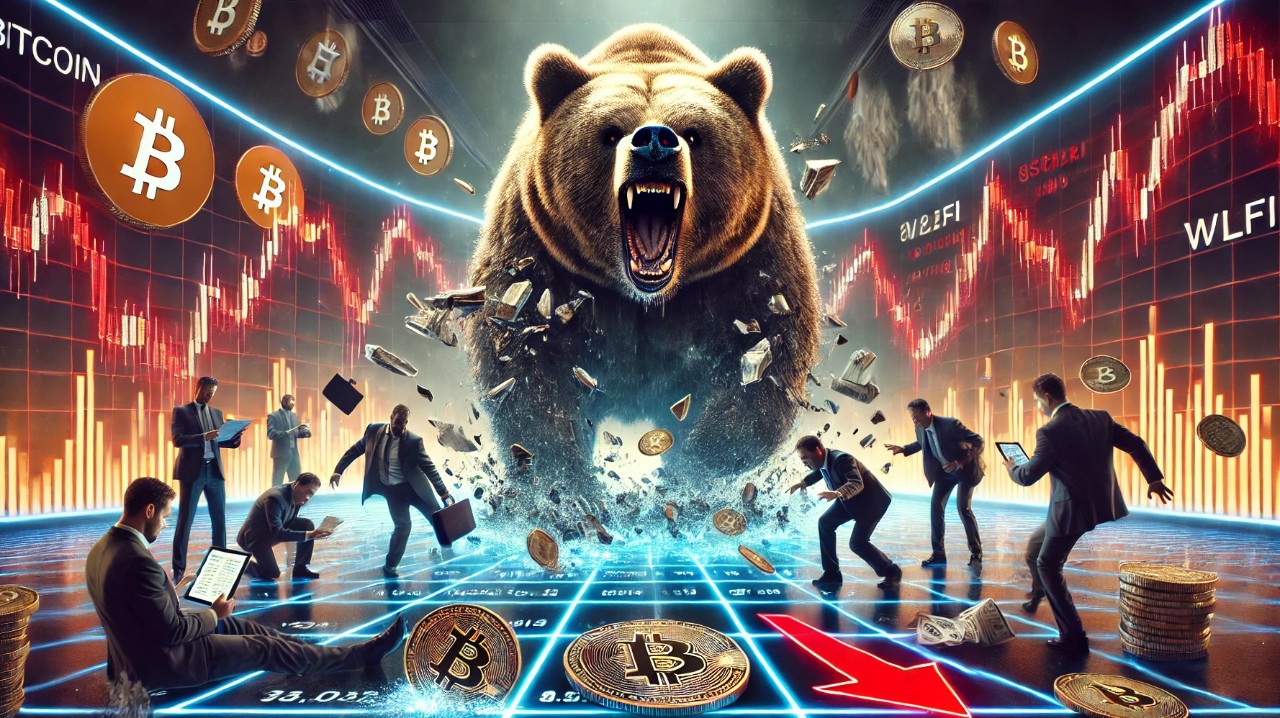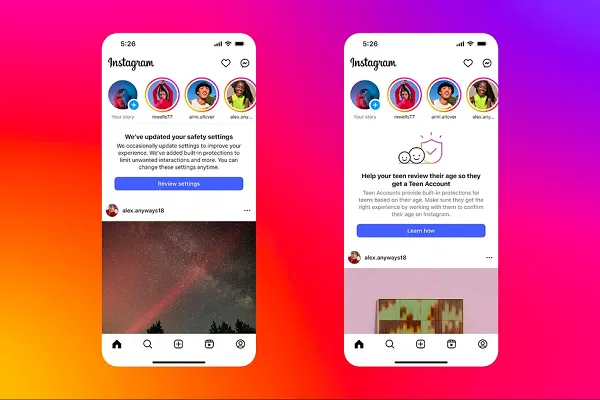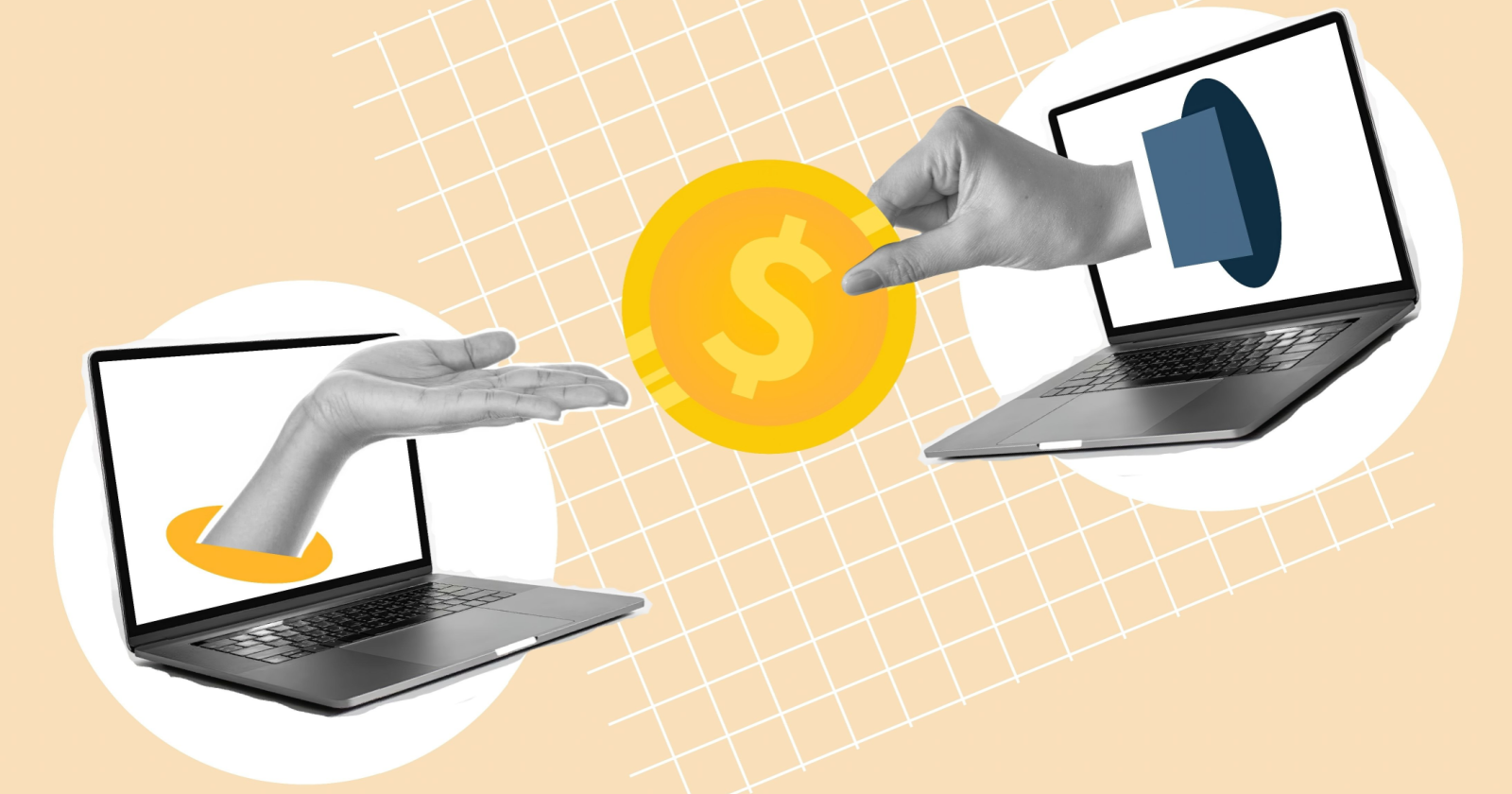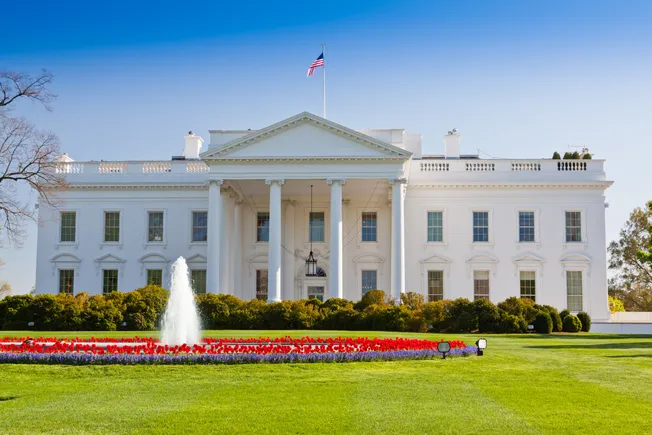Coachella and summer music festivals—How brands are using real-life and virtual marketing
Cashless payments, NFTs, virtual memorabilia and metaverse tie-ins are rising in popularity.

The Coachella Valley Music and Arts Festival returns this weekend, unofficially marking the beginning of summer music festival season—which is expected to reclaim a sense of normalcy after two years marked by COVID-induced cancellations. While the busy festival circuit gives brands a chance to reach consumers in real life, marketers will put a new emphasis on digital experiences, including cashless payments, metaverse tie-ins, NFTs, virtual memorabilia and more.
Although the pandemic remains a concern, music festivals across the U.S.—from Lollapalooza in Chicago to the Rolling Loud hip hop show in Miami—are seeing brands jump into sponsorships where they might have been previously hesitant. Client interest in the events is back to pre-pandemic investment levels, said Sarah Dale, senior VP of brand partnerships and strategy at experiential agency Jack Morton. “I think now brands are ready, fans are ready,” she said.
In-person marketing will form the bulk of activations, said Peter Laatz, global managing director of sponsorship consultancy IEG, who framed virtual activations as “an accessory.”
The live music industry, worth $1.6 billion according to IEG, before the pandemic, took a more significant hit than sports events and saw an almost 30% drop in sponsorship revenue for live events, said Laatz. But sponsorship revenue is rising again as festivals come back this year, said Laatz.
While insurance giant State Farm has “completely exited” the music festival scene, brands in emerging sectors such as crypto and rideshare are jumping into festival sponsorships, according to Laatz. Coinbase created an NFT gallery at last year’s Governors Ball in New York and is sponsoring the festival again this year along with delivery brand Gopuff.Live experiences are the focus this year for many brands. For instance, Lay’s at Coachella is producing potato chips on-site and creating a reservations-only space for people to take part in a four-course product tasting.
Global online resale company StockX is also running an on-the-ground activation at Coachella. In its first-time partnership with a festival as a merch producer, the brand worked with nine of the festival’s performers such as Vince Staples to create clothing lines. At the festival, it will run a lounge and art exhibition that showcases the stories behind the artists and their merch, said Tom Woodger, the brand’s VP of global cultural marketing. Attendees can scan QR codes to pay and use free wifi provided by the brand to facilitate quicker purchases.
NFTs will be seen “a lot more,” said Russell Wallach, president of entertainment company Live Nation’s global media and sponsorship division. Vodka brand Cîroc is using NFTs to market its new vodka spritz: the tokens will give guests access to virtual events with rapper Sean “Diddy” Combs, who has a long-running partnership with spirit maker Diageo to promote Ciroc Vodka.
Deon Graham, chief brand officer at Combs Enterprises, the rapper’s business unit, said that using NFTs and exploring Web3 elements offers an opportunity to bring the product to “an entirely new audience.” Cîroc Spritz is planning to market at Rolling Loud, Washington, D.C.’s Broccoli City festival and New York’s Lights on Music festival, created by singer H.E.R, in October.
How NFTs are used by marketers—an updated list
Beer giant Anheuser-Busch InBev is planning to use POAPs with its Bud Light Seltzer brand. The company will hand out POAPs to festival-goers at Governor’s Ball, Lollapalooza and Stagecoach in Indio, California, said Ronnie Yoked, the company’s head of experiential marketing.
The brewer is using POAPs as a form of virtual memorabilia, “the same way that someone can keep their ticket stub or buy merchandise from a festival,” stated Spencer Gordon, the brand’s VP of digital and draftline, in an email. But the company sees POAPs as a gateway to create ongoing interactions with consumers, creating “a new form of consumer loyalty,” said Gordon. This kind of one-to-one marketing has risen in importance as web-tracking cookie technology is disappearing.
Influencer marketing has also emerged as a key festival tactic—especially as a way for brands to reach fans not in attendance, said Wallach. The New York Post recently reported that influencers with strong reach posting brand content from Coachella can make up to $10,000.
Verizon, which recently announced a partnership with Live Nation, is using the festivals for its ongoing 5G marketing push. In a continuation of its work with 5G at sports stadiums, the company is expanding 5G networks to music venues that will allow for faster streaming, sharing photos and videos and use of AR filters. Verizon will also offer NFTs that can be traded in for benefits at concert venues.
Cashless payments will take a prominent role at festivals after COVID accelerated the trend, said Wallach. PayPal and Venmo, which share common ownership, have sponsorships at Lollapalooza, BottleRock in Napa, California and Music Midtown in Atlanta. At the festivals, the brands will offer cash-free RFID wristbands containing a chip that are linked to attendees’ PayPal and Venmo accounts.
Much of the technology seen at festivals this year won’t necessarily be new and have been “a long time coming,” said Dale—but the pandemic delay means that people will be “seeing it in a much bigger and bolder way than before.

 AbJimroe
AbJimroe 


















